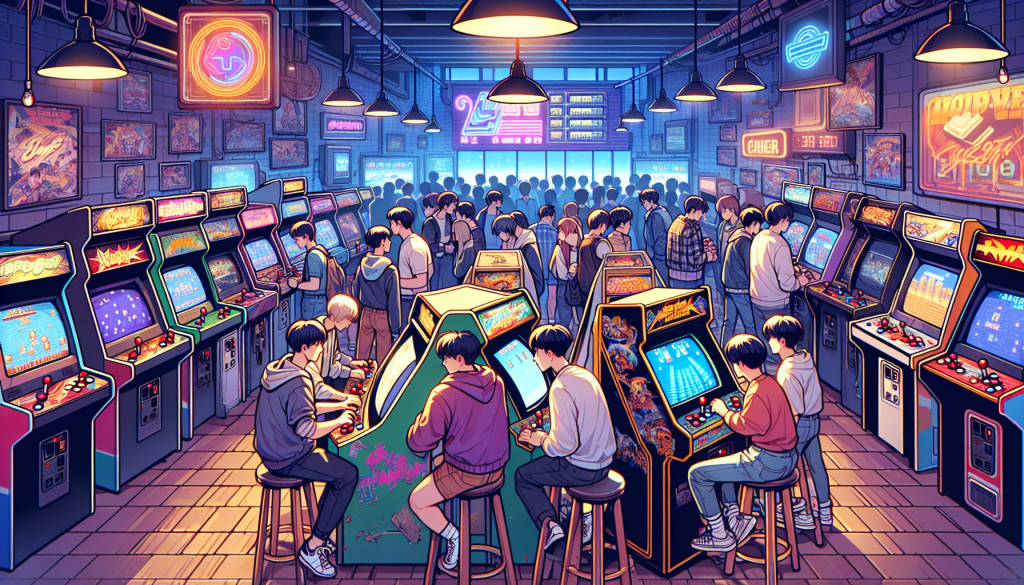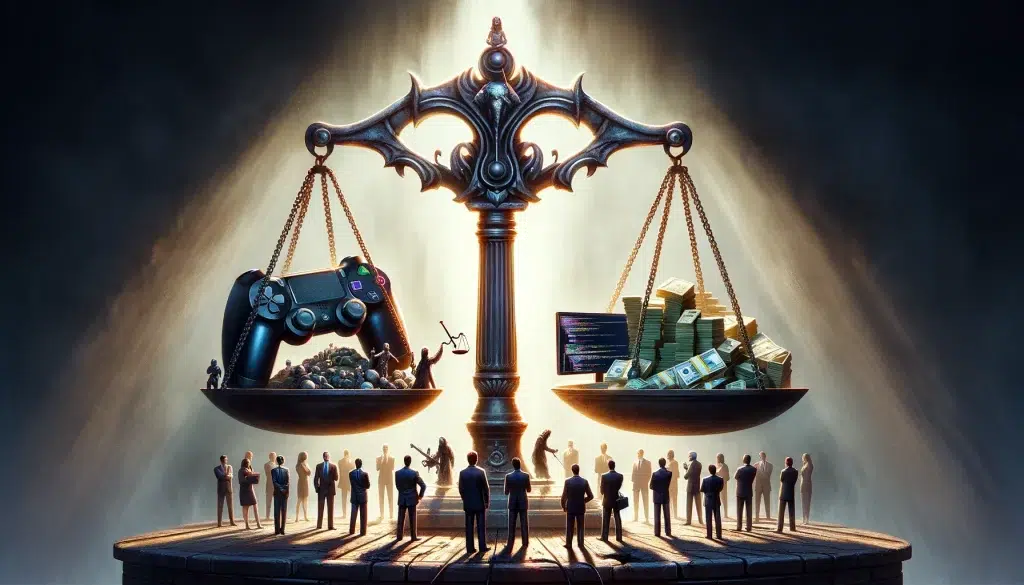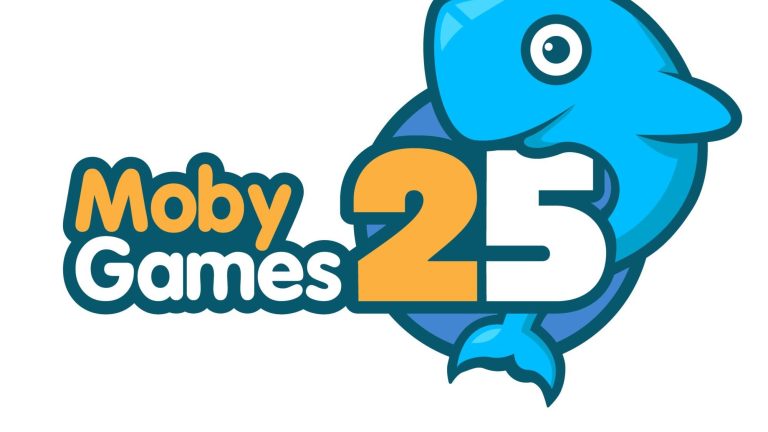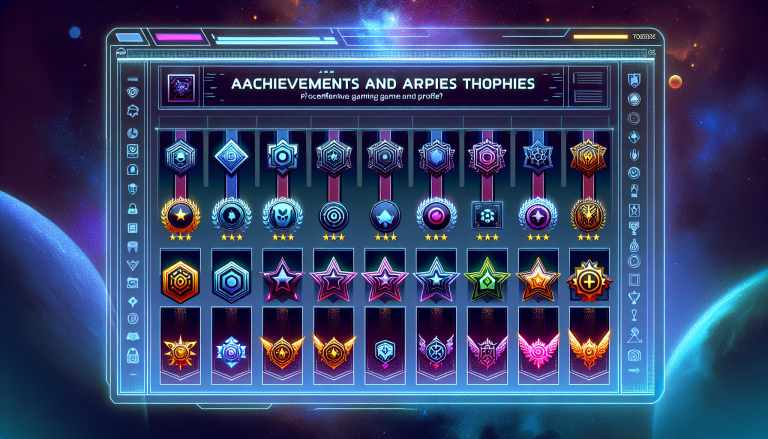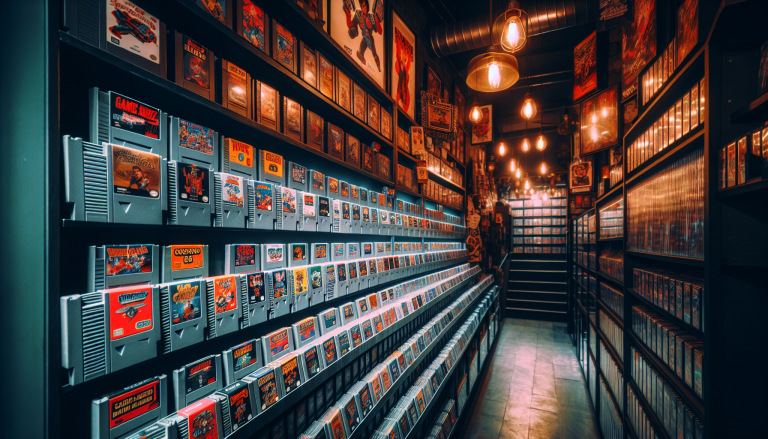The Evolution of LAN Parties: A Historical Perspective
Oh, the nostalgia! Remember those golden days when we’d huddle together in a room, armed with our bulky desktops, snacks, and an uncontainable excitement for a night of gaming? That’s right, folks, we’re going to journey back in time to the era of LAN (Local Area Network) parties. The sheer camaraderie and rivalry of these events were what truly made them the heart of the gaming community.
But how exactly did LAN parties become a thing? And how have they evolved over the years?
A Brief History
The origins of LAN parties can be traced back to the 1980s and early 1990s when the internet was still a luxury, and multiplayer gaming mostly meant sharing a single screen. LAN technology allowed gamers to connect their PCs together and play against each other, leading to a surge in popularity of multiplayer games like Doom and Quake.
The Golden Era
The late 1990s and early 2000s are often referred to as the ‘Golden Era’ of LAN parties. With the rise in popularity of games like StarCraft and Counter-Strike, these events became a common sight. Players would lug their computers to a friend’s house, a rented hall, or even large-scale conventions, and compete against each other for hours, or even days on end.
The Decline and Transformation
As the 2000s rolled on, the advent of broadband internet and online gaming began to change the landscape. Suddenly, players could compete with each other from the comfort of their own homes. The necessity for LAN parties began to wane. However, rather than disappearing entirely, LAN parties evolved. They became less about the gaming itself and more about the social aspect — the shared experience of gaming together.
- Instead of being confined to basements and living rooms, LAN parties moved to larger, more public venues.
- They transformed from small, informal gatherings to well-organized events with hundreds, or even thousands of participants.
- LAN parties started including other elements, such as cosplaying, live music, and even professional e-sports competitions.
Even today, despite the dominance of online gaming, LAN parties still hold a special place in the hearts of gamers. They’re an opportunity to revisit the past, to reconnect with old friends, and to share in the joy of gaming in a way that online gaming simply can’t replicate.
From their humble beginnings to their evolution into social and cultural phenomena, LAN parties have undeniably played a significant role in the history of gaming. They’ve brought us together, created lasting memories, and reminded us of the simple joy of gathering around a screen and sharing a gaming experience. And while they might not be as prevalent as they once were, they’re definitely far from forgotten.
The Cultural Significance of LAN Parties in the Gaming Community
When we think about the gaming community, one aspect that often comes to mind is the sense of camaraderie and unity that defines it. And nothing exemplifies this more than the time-honored tradition of LAN parties. The LAN party culture is a vibrant tapestry of collective gaming, fierce competition, shared joy, and intense bonding.
More Than Just Gaming
The appeal of LAN parties extends beyond just the thrill of the game. It’s more about the experience – the excitement of setting up the systems, the anticipation of a well-matched contest, the collective cheer as someone makes a game-winning move, and the shared sense of achievement at the end of a marathon gaming session. These moments are what make LAN parties a cultural phenomenon within the gaming community.
The Role of LAN Parties in Strengthening the Community
LAN parties play a decisive role in strengthening the bonds within the gaming community. These gatherings provide an opportunity for gamers to connect on a personal level, exchange tips and strategies, and foster new friendships. They contribute to the creation of a supportive environment where gamers can engage with each other, learn from each other, and collectively celebrate their passion for gaming.
- Face-to-Face Interaction – In an age dominated by online gaming, LAN parties offer a unique blend of technology and human interaction. The face-to-face engagements in LAN parties often lead to lasting friendships and a sense of camaraderie that online gaming can rarely replicate.
- Equal Playing Field – The absence of latency, or lag, in LAN parties guarantees a fair and even playing ground, something gamers value deeply. It enhances the competitive spirit and makes the victories more satisfying.
- Sharing the Gaming Culture – LAN parties serve as a platform for gamers to share and experience the gaming culture. It’s where gamers can display their unique gaming setups, show off their gaming merchandise, and express their fondness for their favorite games.
In essence, LAN parties are a celebration of the gaming community. They represent the spirit of collective gaming and showcase how gaming can bring people together, fostering a shared culture and unity.
Whether you’re a seasoned gamer who’s been a part of several LAN parties or a newcomer looking to dive into the gaming community, attending a LAN party should definitely be on your bucket list. Because, as many gamers will tell you, nothing quite matches the joy and excitement of a good old LAN party!
Memorable Moments and Classic Games from LAN Parties
The Local Area Network (LAN) party is a cherished tradition within the gaming community. LAN parties hold a special place in the hearts of gamers, often accompanied by nostalgic memories of late-night gaming sessions, energy drinks, and snacks. When it comes to memorable moments and classic games from LAN parties, there are certainly a plethora of stories to tell.
Battles of Strategy and Wits
Remember the first time you played Starcraft in a LAN setup? The sheer excitement and tension were palpable as you strategized and battled with friends. Starcraft, with its intricate maps and races, remains one of the classic games fondly remembered at LAN parties.
Nerve-Wracking FPS Shootouts
It is impossible to talk about LAN parties without mentioning the adrenaline-pumping, fast-paced action of First-Person Shooter (FPS) games. Titles like Counter-Strike and Quake were staples at many LAN parties. These games provided not only intense action but also moments of camaraderie and friendly rivalry.
Enthralling Role-Playing Adventures
Game genres weren’t limited to strategy and shooters. Role-Playing Games (RPGs) like Diablo and World of Warcraft brought immersive, cooperative gameplay to the LAN scene. Gamers teamed up, exploring dungeons and battling bosses, creating lasting memories and epic adventure tales.
Classic LAN Games
- Age of Empires: This real-time strategy game set in historical eras is a favorite amongst gamers. Players would build their civilizations, strategize, and conquer, leading to fierce competition and alliances at LAN parties.
- Unreal Tournament: Known for its fast-paced action and variety of game modes, Unreal Tournament was a LAN party staple. With its unique game modes, gamers would find themselves embroiled in dramatic shootouts and thrilling chases.
- Command and Conquer: Command and Conquer brought war strategy to LAN parties, with gamers pitting their tactical minds against each other. The game became a battleground for the best tacticians, creating exciting and memorable gameplay moments.
While these memorable moments and classic games may seem like a thing of the past, LAN parties remain alive and well today. Whether it’s reliving classic games or creating new memories with the latest titles, LAN parties continue to be a vital part of the gaming community.
LAN Parties vs. Online Gaming: A Comparative Analysis
The age-old debate within the gaming community: LAN parties or online gaming? Let’s dive in to decipher the pros and cons, the excitement and the challenges, associated with both. Remember, there’s no winner or loser here, as these are two different experiences that cater to different needs and circumstances.
LAN Parties: The Good, the Bad, and the Ugly
- The Good: LAN parties are all about social interaction and bonding. You gather with your friends, set up your systems, and play games together in the same physical space. There’s a certain adrenaline rush when you enjoy a victory or lament a defeat together.
- The Bad: Setting up for a LAN party can be quite the task. You need to coordinate schedules, arrange a suitable venue, and everyone has to lug their systems to the location. This logistical nightmare can sometimes dampen the excitement.
- The Ugly: If something goes wrong with the network or someone’s system, it can halt the entire party. Also, the lack of privacy can be a bother for some players.
Online Gaming: The Hits and Misses
- Hit: Online gaming is all about convenience. Play from the comfort of your home, at any time, with anyone around the world.
- Miss: Online gaming can sometimes lead to isolation. Yes, you are interacting with others online, but the physical social element is missing.
- Hit: An array of games is available at your fingertips, many of which are designed specifically for online multiplayer gameplay. You’re spoilt for choice!
- Miss: Internet connectivity can make or break your gaming experience. A slow connection or server downtime can cause frustration.
So, which is better? Well, it’s not a matter of superiority, but a matter of preference. There’s the old school charm of LAN parties that brings friends together in a social and fun setting. On the flip side, online gaming offers a world of convenience and a broad range of game choices. The best approach is to mix it up a bit. Enjoy a LAN party when you can, but don’t discount the joy and simplicity of online gaming.
In the end, whether you choose LAN parties or online gaming, remember that the core purpose of gaming is to have fun. So, pick up that controller, gear up your gaming PC, and delve into the extraordinary world of gaming!


